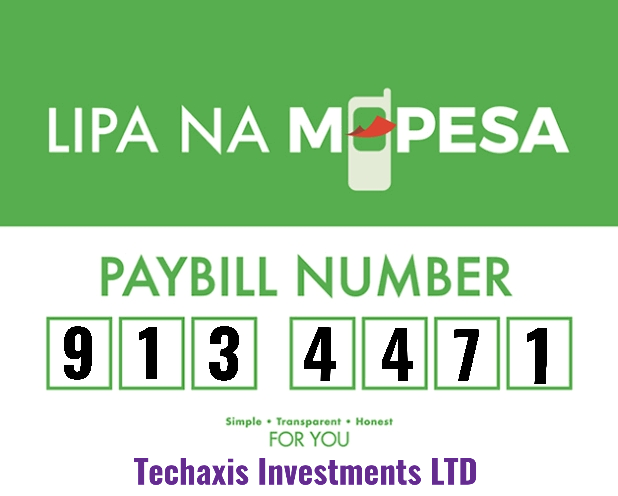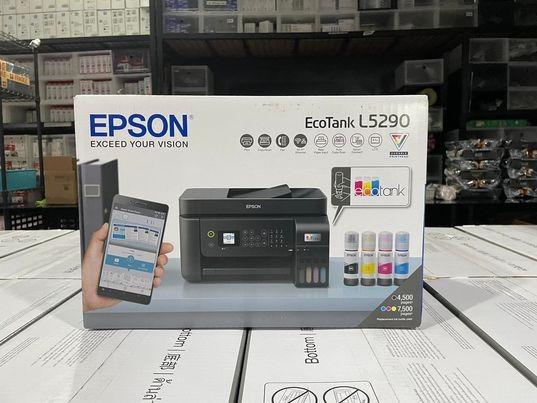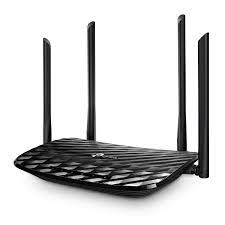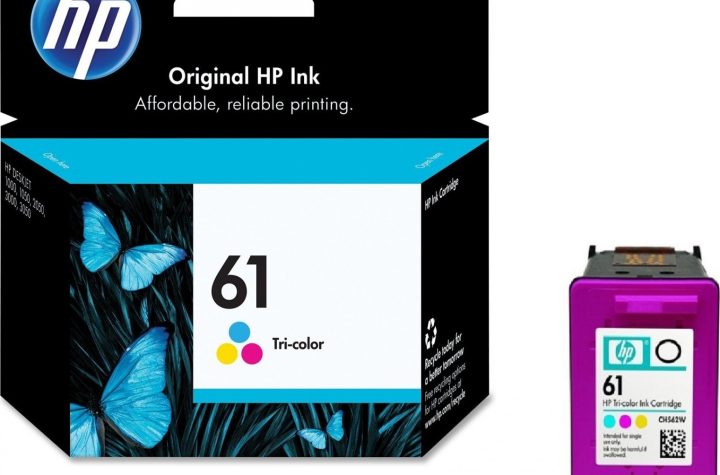Description
On-page and off-page SEO: what’s the difference?
Every SEO strategy is focused on ranking as high as possible in the search engines. To do this, we all try to design and develop a website that Google’s algorithm will love. That’s basically what SEO is about. The factors in Google’s algorithm can be divided into two categories which will determine the ranking of your website: on-page factors and off-page factors.
On-page SEO factors all have to do with elements on your website. Some of the most important on-page SEO factors are:
- Your site set-up and technical features, site speed in particular
- The quality of your content and use of keywords
- How you use additional media, such as images and videos
- Your site structure and internal linking
- Structured data and search appearance
- User experience
Meanwhile, off-page SEO looks at what happens away from your website. Some off-page SEO factors include:
- Relevant links from other websites leading to your site
- Social media activity
- Business and map listings
- External marketing activities
Importance of on-page SEO
On-page SEO consists of all the elements of SEO that you have control over. If you own a website, you can control the technical issues and the quality of your content. We believe you should be able to tackle all of these factors as they’re in your own hands. Remember: if you create an awesome website, it will definitely start ranking.
Focusing on on-page SEO will also increase the chance that your off-page SEO strategy will be successful. Link building with a crappy site is very tough. Nobody wants to link to articles that are badly written or sites that don’t work properly.
How to optimize on-page SEO factors
1. Make sure search engines can crawl and index your site
If you’re not familiar with crawlability and indexing, here’s a quick explanation of what it is and what it has to do with Google. To be able to show your page in the search results, Google has to know about that page first. It has to be indexed by Google, which essentially means that this page has been stored in their index. And for that to be possible, you need to make sure that you’re not blocking Google from indexing your post or your whole site. So check if you’re not unintentionally doing that (we still see this happening!) and make sure to get your site indexed.
Although this isn’t technically a ranking factor, it’s a requirement for getting your site into the search results, so we thought it should be included here.
2. Invest time in creating quality content based on solid keyword research
Why do you think people visit your site? Most likely because it contains the information they’re looking for. Therefore it’s important to write excellent content that corresponds with their needs. Search engines like Google also read your text. Which site ranks highest for a certain search term is largely based on the content of a website. That’s why your content should be informative, easy to read and focused on the right keywords that your audience uses.
Aside from creating quality content, you also need to remove or remedy low-quality pages. So-called thin content can really harm your SEO. Take some time to find these pages and do something with them once in a while to keep your content in good shape.
3. Improve your site speed
A significant on-page ranking factor is site speed. Users don’t want to sit around waiting for pages to load, so Google tends to ranks fast-loading sites higher. If you’re not sure how fast (or slow) your site is, you should check out your Core Web Vital Scores using the report in Google Search Console. This helpful tool will point out areas where your site speed can be improved, so you know what to work on.
4. Get your site structure and internal linking right
Having a good site structure helps Google (and users) to understand your site and navigate your content. And when it comes to making that site structure, internal linking is the way to do it. Firstly, you need to channel lots of internal links to your most important content. We call those pages cornerstone content. Secondly, you should tidy up pages that aren’t getting many (if any) internal links. Those pages are what we refer to as orphaned content. You should decide whether to improve those pages and add more internal links pointing to them, or remove them completely.
5. Optimize your use of images and videos
You’ll want to include images on your site to make it attractive, and maybe some videos too. Doing that the wrong way is bad for your SEO, while doing it the right way comes with some SEO benefits.
High quality images are usually large files which can slow your site down, and that’s a problem. Using smaller image files, and giving them descriptive names, captions, and alt tags will do your SEO a favor. Plus there are additional benefits. For one, you’ll make your site more accessible, so it’s helpful for a wider audience. And for another thing, you’ll have a chance of your images ranking in the Google Image search results.
6. Create a persuasive search appearance
How your site looks in the search results is really important for SEO. While the search results aren’t part of your site, the things you do to optimize your search appearance are. For that reason, we consider SEO titles, meta descriptions, and structured data to be part of on-page SEO.

Optimize your SEO title and meta description, and then add structured data for results that stand out.
7. Design an excellent user experience
The last thing we want to mention is user experience. Simply put, users need to easily understand your website. They should be able to find what they want in a heartbeat. They should know where to click and how to navigate through your site. And your site should be fast! A beautifully designed website is nice, but you should definitely make it your top priority to create a user-friendly website first.
To conclude
We’ve talked about the most important on-page SEO factors. First of all, make sure that your website is working properly and that your technical SEO is up to par. Secondly, create content that is user-centered and focused on the right keywords. Thirdly, work on the usability and speed of your site to help users and search engines around your website.
As these factors are all a part of your site, you can work on them to make sure that your on-page SEO is top-notch! That being said, do remember to also work on your off-page SEO. Although you may not have total control over these factors, you can still put some effort into creating that exposure on other sites as well!











Reviews
There are no reviews yet.